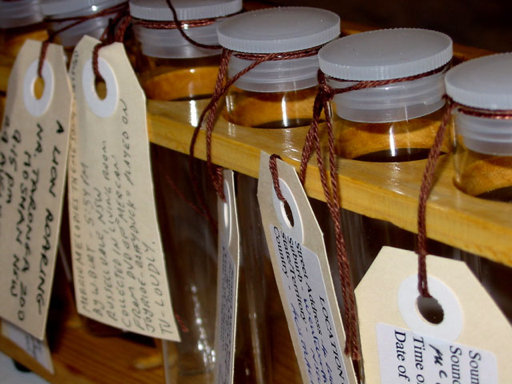Endangered Sounds

Endangered Sounds investigates the legal mechanism for protecting a sound from reproduction without license. The legal instrument is called a Sound Mark.
Endangered Sounds questions the legitimacy of privatizing and protecting sounds that are widely released in public spaces.
If I own a multi-million dollar penthouse in a city, and work nigh shifts, I have no recourse against the loud Harley Davidson or Australian Football League (AFL) siren (both protected sounds) that wakes me from my precious sleep - both sounds are privately protected, making their recording, reproduction and broadcast illegal.
The project asks; Who has responsibility for these disturbances? - surely a level of corporate responsibility should come with the mechanisms of private protection for financial gain afforded by the soundmarks?
This project sets out to list and then collect evidence of the presence of these protected sounds in public and private space.
A call will be issued internationally seeking volunteers to collect samples of the sounds listed in the projects online database of patented or trademarked sounds.
Each volunteer will receive a test tube with label, cork and wax seal - the volunteer will be asked to collect the sound by placing the test tube close to the source (thereby capturing air through which the sound traveled) and then complete the label, documenting the time, place and nature of the sound (including amplitude).
These test tubes will be displayed in chemistry racks in the gallery, illustrating the frequency and diversity of the environment into which these 'private', protected sounds have been released. The means of exhibition plays with the scientific requirements of the patent application, the scientific method for analysis and quantification, and the farce of collecting a sound in a test tube even though the label on the sample does document the presence of the sound and it's locale in the world.
4 large glass vacuum desiccators, containing a loud speaker and audio playback will reproduce soundmarks in a vacuum, in theory breaking the legal protection of the patent, but being inaudible due to the vacuum, questioning the conditions under which the patent has validity.
A card index, where visitors are asked to enter 'dead' sounds, sounds of importance in their life that they no longer hear, will support the other aspects of the work by raising aural awareness of the ever changing nature of our sonic environment.